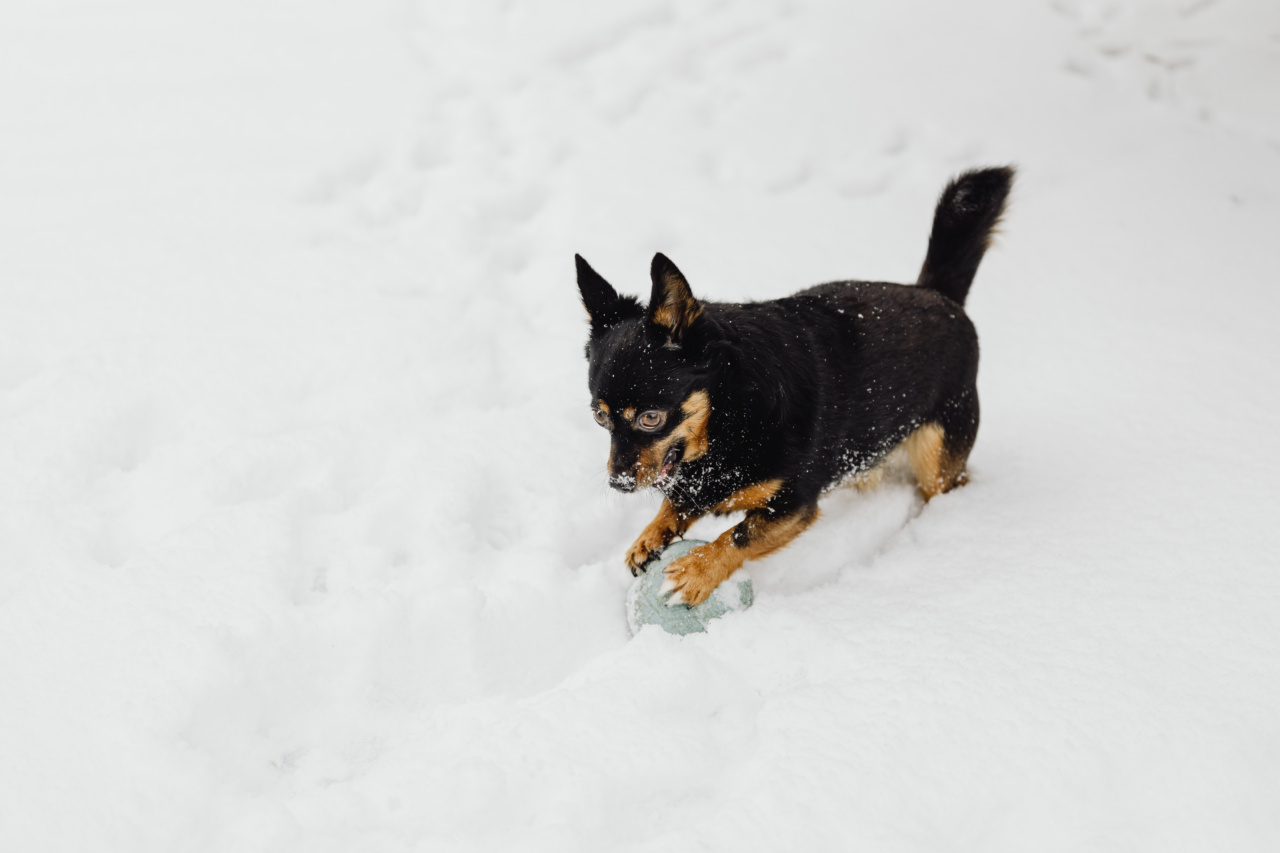Playing with your furry friend is one of the most satisfying and enjoyable things you can do as a pet owner. It is not only great for bonding but also a fun way to stay healthy and active together.
However, bad behaviors can get in the way of a good game, making it a stressful and frustrating time for both you and your dog. Here are some tips on how to fix bad behaviors and make playing with your dog enjoyable once again.
1. Teach Basic Commands
Basic commands such as ‘sit,’ ‘stay,’ and ‘come’ are essential for having a well-behaved dog, which ultimately translates to better playtime.
If your dog is still learning, taking obedience classes or consulting with a professional dog trainer can be beneficial. Once your dog knows basic commands, you can use them during playtime to manage their behavior and increase safety.
2. Avoid Roughhousing
While roughhousing with your dog may seem like a fun and playful way to bond, it can actually encourage negative behavior. Your dog may get overexcited and become aggressive, which can result in bites or injuries.
Instead, try to engage in games that do not involve physical contact, such as playing fetch or hiding treats for your dog to find.
3. Use Positive Reinforcement
Positive reinforcement, such as treats and praise, can be a powerful tool in correcting bad behavior. When your dog displays good behavior, praise them and give them a treat to reinforce the behavior.
This will encourage your dog to repeat that behavior in the future. However, be careful not to overuse treats as it can lead to obesity and other health issues.
4. Set Clear Boundaries
Dogs thrive on routine and consistency. Setting clear boundaries will help your dog understand what is expected of them during playtime.
For example, if your dog is prone to jumping on guests, set a boundary where they must sit or lay down when someone comes in the house. You can use boundaries to manage your dog’s behavior and make playtime stress-free and enjoyable for everyone.
5. Provide Adequate Exercise
Dogs need physical exercise to stay healthy and happy. Providing your dog with adequate exercise before playtime can help reduce anxiety, hyperactivity, and other bad behaviors.
Take your dog for a long walk or run before starting a game, providing an opportunity for them to expend some energy. This will make playtime less stressful and also improve your dog’s overall health.
6. Practice Patience
Fixing bad behavior takes time and patience. Do not expect immediate results, and be consistent in your training. With practice and consistency, you should gradually see improvements in your dog’s behavior.
7. Avoid Punishment
Avoid punishment and negative reinforcement as much as possible. Punishing your dog can make them fearful and anxious, which can lead to more bad behavior. Instead, focus on positive reinforcement and using commands to redirect behavior.
8. Seek Professional Help
If you have tried correcting bad behavior on your own and still see no results, it may be time to seek professional help.
A professional dog trainer can provide specialized training techniques and help identify underlying issues that may be contributing to bad behavior.
9. Be Consistent
Consistency is key to correcting bad behavior. Be consistent in your training and routine, and your dog will eventually understand what is expected of them. This will not only improve their behavior during playtime but also in other areas of their life.
10. Monitor Your Dog’s Behavior
Finally, it is essential to monitor your dog’s behavior during playtime and make adjustments where necessary. If your dog starts to display bad behavior, use commands to redirect that behavior, or simply end playtime altogether.
This will help manage negative behavior and create a stress-free environment for you and your dog during playtime.



























